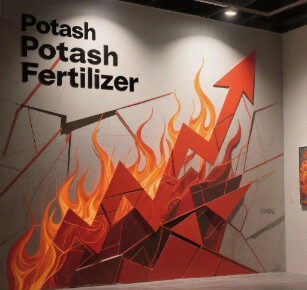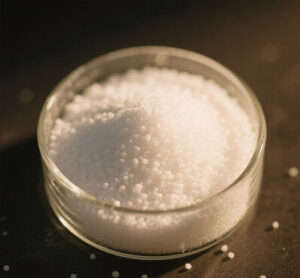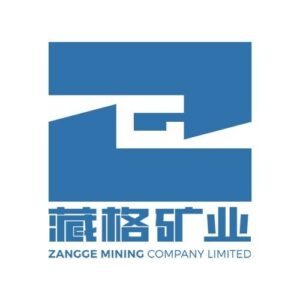1. Current Market Prices
A. Potassium Chloride (MOP)
| Product | Price Range (CNY/ton) | Key Observations |
|---|---|---|
| Port 62% White KCl | 3,150–3,550 | Prices softened due to policy-driven supply releases |
| Port 60% Red Granular KCl | 3,300–3,550 | High-end prices persist for specialty crops |
| Border Trade 62% Russian White KCl | 3,150–3,350 | Slight decline as traders adjust to policy guidance |
| Qinghai 60% White KCl (Delivered) | 3,250–3,350 | Domestic supply stable, but demand remains weak |
Port Inventory Status:
-
~1.9 million tons (slightly below historical averages)
B. Potassium Sulfate (SOP)
| Product | Price Range (CNY/ton) | Key Observations |
|---|---|---|
| Processed 52% Water-Soluble Powder (Ex-factory) | 3,900–4,000 | High production costs sustain prices despite weak demand |
| Resource-Based 50% Powder (Delivered) | 3,550–3,600 | Stable due to fixed contracts |
Operating Rates:
-
Processed SOP plants: 50–55% (down due to cost pressures)
2. Market Dynamics & Recent Trends
A. Price Volatility & Policy Influence
-
Last week’s chaos: Prices initially surged but sharply declined after government price-stabilization meetings forced major importers to offer discounts, effectively resetting prices to pre-surge levels .
-
Current uncertainty: While policy-driven price cuts are evident, actual market transactions remain unclear due to limited supply visibility.
B. Key Factors to Monitor This Week
-
Supply Releases
-
Will discounted volumes be widely available? If major importers sustain low-price sales, market prices may stabilize further. Otherwise, tight supply could trigger another rebound.
-
-
Import Arrivals
-
June imports fell YoY, and rumors suggest July-August shipments may also be low. If confirmed, prices could remain firm or rebound after a short dip.
-
-
Downstream Demand
-
Compound fertilizer plants remain cautious, with low operating rates (~45%), delaying bulk purchases.
-
3. Outlook & Strategic Recommendations
Short-Term (Next 1-2 Weeks)
-
Prices likely to stabilize near current levels unless new policy interventions emerge.
-
Traders should verify actual transaction prices, as reported ranges may not reflect real deals.
Medium-Term (August-September)
-
If imports stay low, expect price resilience or rebound as autumn demand picks up.
-
If policy supply continues, prices may decline further by 100–150 CNY/ton.
Recommendations for Buyers
-
Monitor port inventory updates (next release: July 25) .
-
Negotiate flexibly, as some traders may offload stock at discounts.
-
Avoid panic buying, but prepare for potential autumn demand recovery.
Conclusion: A Market in Transition
The government’s price-stabilization measures have temporarily cooled the market, but supply constraints and import uncertainties keep risks alive. While near-term prices may soften, the structural tightness in global potash markets suggests long-term upside risks remain. Stakeholders should stay alert to policy shifts and import trends in the coming weeks.









